Solitonic superfluorescence paves way for ambient temp quantum computing

North Carolina State University researchers discover soliton formation mechanism, enabling room-temperature quantum states for advanced technologies.
Scientists accelerate accurate quantum measurements with extra qubits

University of Bristol researchers use additional qubits to enhance speed and precision in fragile quantum systems.
Quantum entanglement: Tailored approach the only way to clean up noise

Researchers at the University of Chicago reveal tailored noise-minimizing solutions are crucial for improving entangled states.
A new method for characterizing quantum gate errors

USC researchers develop deterministic benchmarking, offering enhanced efficiency in identifying quantum noise and error types.
“Electron, go straight ahead!” a shortcut to AI computation discovered

Researchers at POSTECH uncover hidden mechanisms behind Electrochemical Random-Access Memory (ECRAM) devices for faster AI.
All biological systems may be leveraging quantum information processing
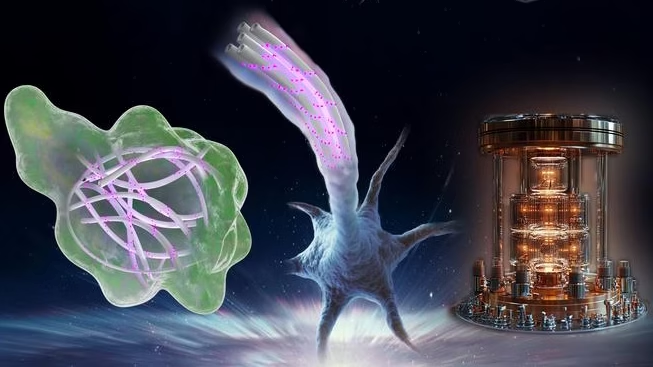
Howard University researcher says recent discovery of amino acids producing UV-excited qubits could mean computing capacity of life is far greater than previously thought.
China’s new quantum processor one million times faster than Google’s
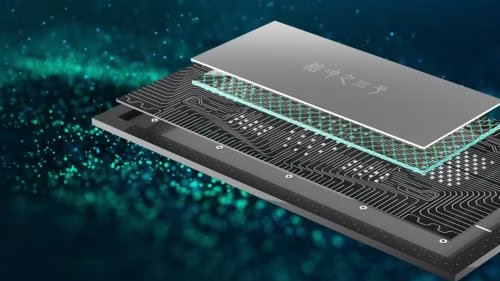
Scientists at the University of Science and Technology of China have revealed a new 105-qubit superconducting processor.
New state of matter unlocks first topological quantum processor
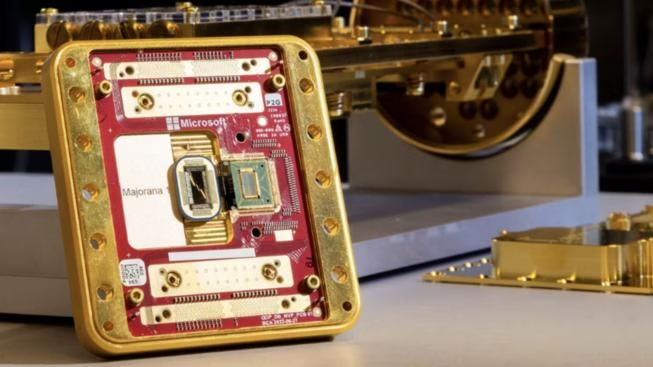
Microsoft team led by UC Santa Barbara physicists unveils first-of-its-kind topological qubit, paving the way for a more fault-tolerant quantum computer.
When qubits learn the language of fibreoptics
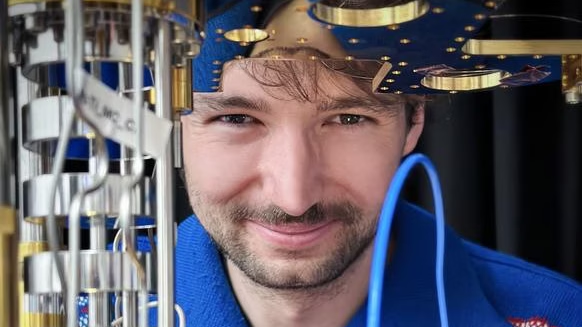
Institute of Science and Technology Austria researchers achieve a fully optical readout of superconducting qubits, drastically reducing cooling demands for scalable quantum computing.
Breakthrough as scientists achieve teleportation with quantum supercomputer
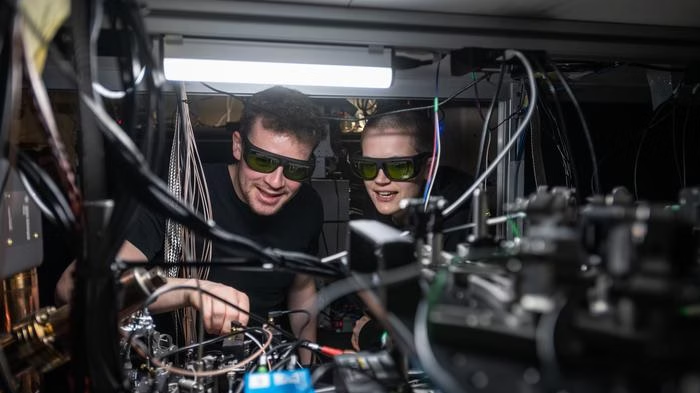
Oxford University scientists have linked separate quantum processors using photonic teleportation, paving the way for scalable, high-performance quantum computing with secure network capabilities.
